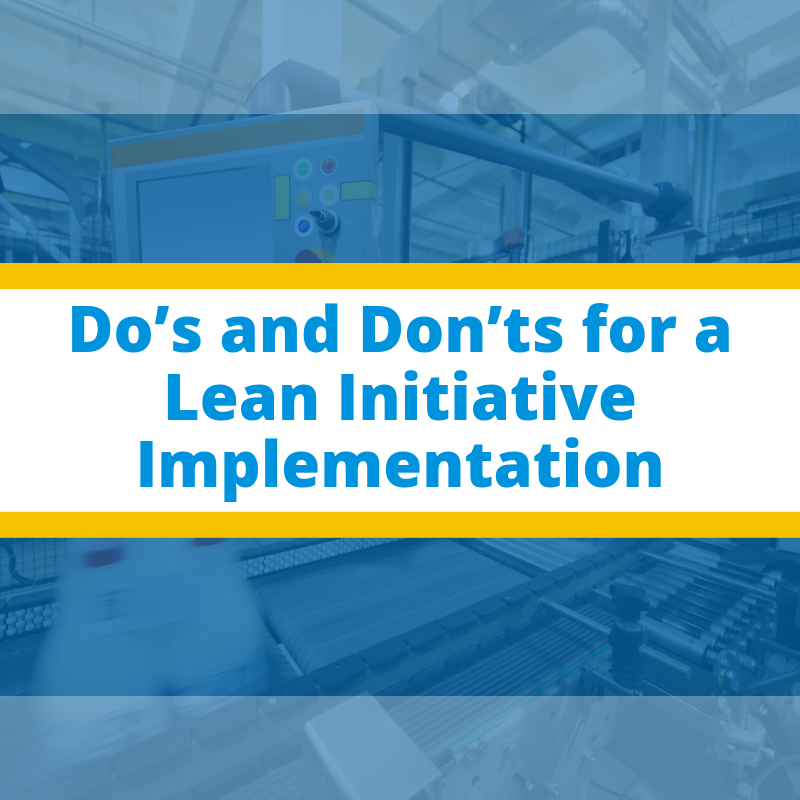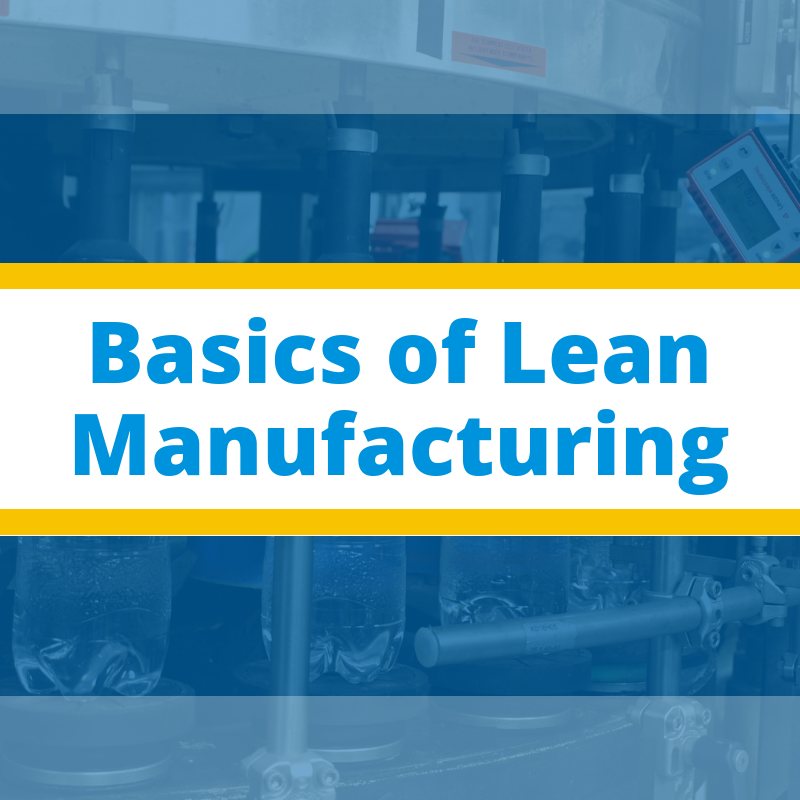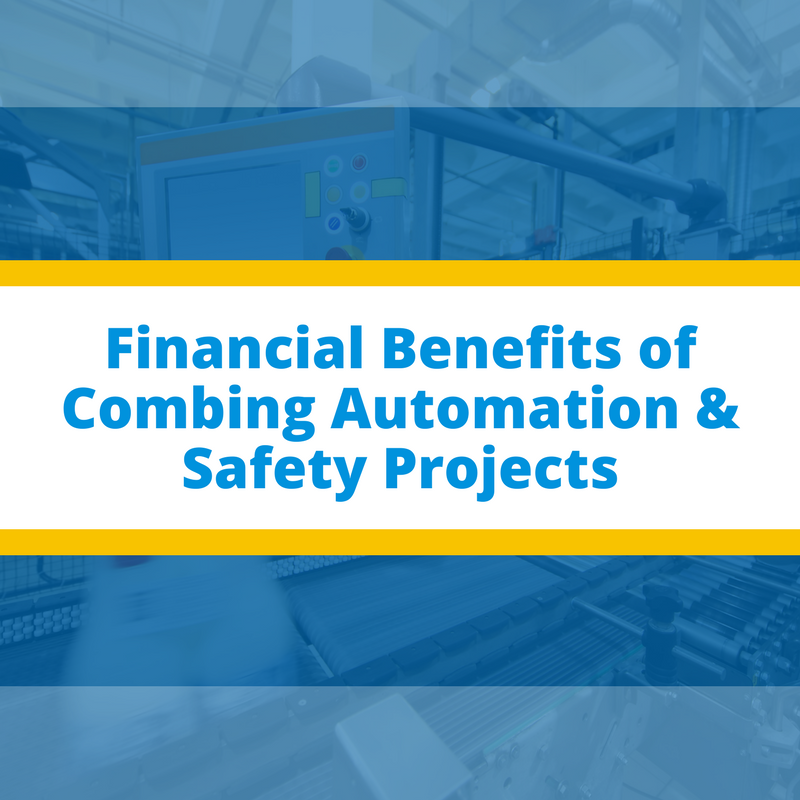The widespread adoption of power electronics in the industrial sector did lead to astonishing energy savings, however at the same time it also increased the presence of a negative factor within the electric grid: Harmonics.
Harmonics are voltage & current waveforms that are sinusoids with frequencies that are some multiple of the base signal’s frequency. Normally, the world follows a pure sinusoid of either 50Hz or 60Hz. When a harmonic of 3rd order is introduced at a 60Hz power system, a component of frequency 180Hz is added to the system. This in effect, distorts the shape of the voltage & current signal that is fed to the appliance/component/machine. Example of non-linear loads include battery chargers, UPSs, VFDs, LED drivers, electronic ballasts, etc., most of which are usually found within commercial or industrial buildings.












